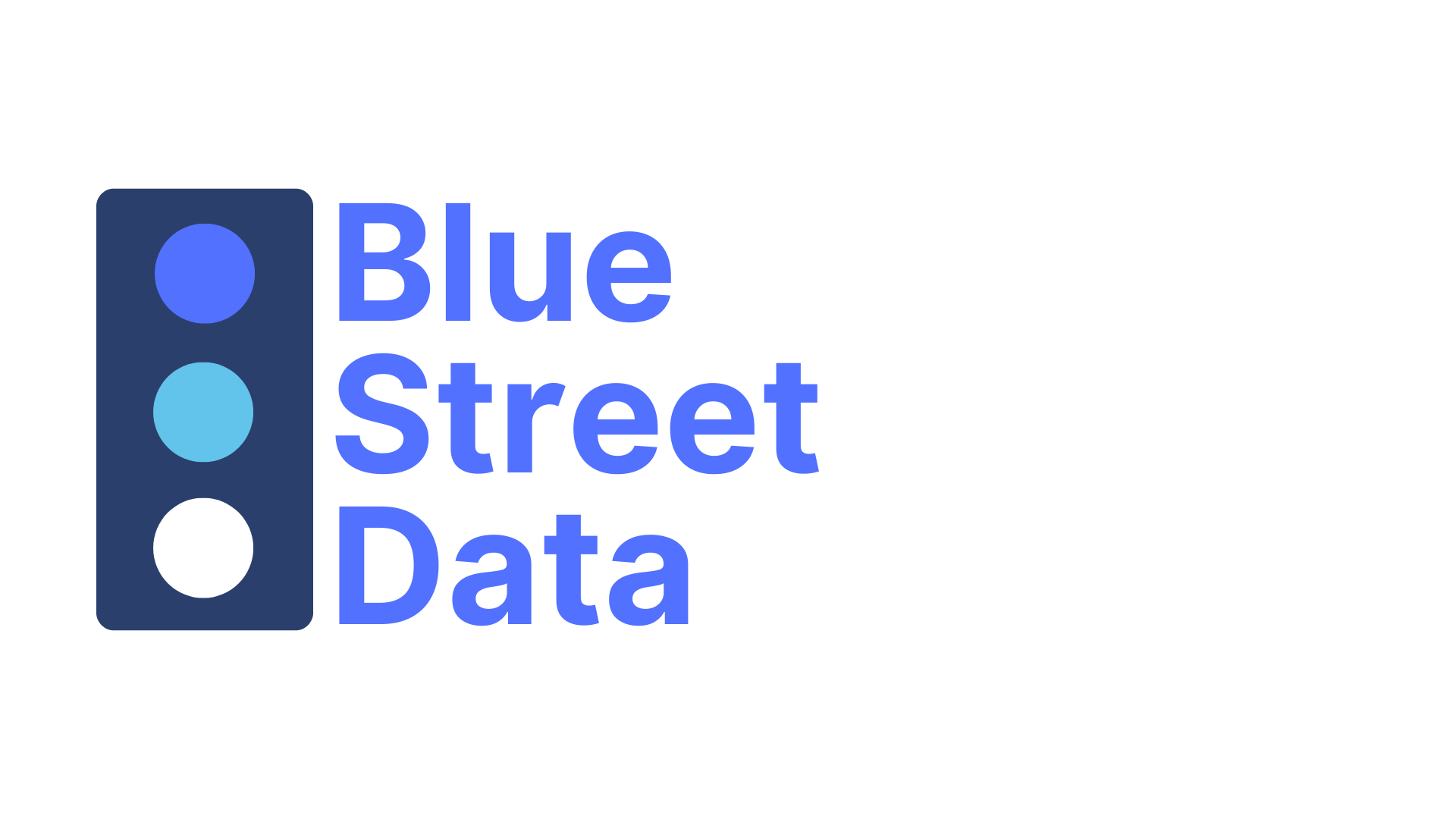If your store layout creates friction—cluttered aisles, confusing navigation, or long wait times—you’re not just creating frustration; you’re losing revenue. As the click-and-collect market surpasses $120 billion, optimizing how customers move through your store is critical to staying competitive.
🎯 Department Flow Optimization uses real-time and historical data to design seamless, high-conversion shopping journeys.
Why External Data Matters in Flow Optimization
By combining your internal store data with third-party foot traffic, behavioral, and demographic insights, you can:
✅ Improve navigation and reduce congestion
✅ Increase conversion rates by guiding customers toward key products
✅ Encourage exploration and impulse purchases
✅ Optimize placement of services like BOPIS for repeat usage
✅ Enhance shopper satisfaction with personalized, gamified journeys
How It Works
🔹 Use predictive analytics to anticipate where shoppers will go—and why
🔹 Segment customer types and personalize their paths through the store
🔹 Analyze heatmaps to identify dead zones and bottlenecks
🔹 Test and refine layouts using A/B testing and location-based triggers
Real-World Impact
Brands like Macys and IKEA use customer movement data and flow optimization to increase in-store engagement and reduce shopper drop-off. The result? Higher revenue per visit, improved satisfaction, and strategic product exposure.
📩 Want to increase sales by making every step of the customer journey smarter?
Let’s talk about how external data can optimize your store flow.
👉 Talk to a Data Expert
—
